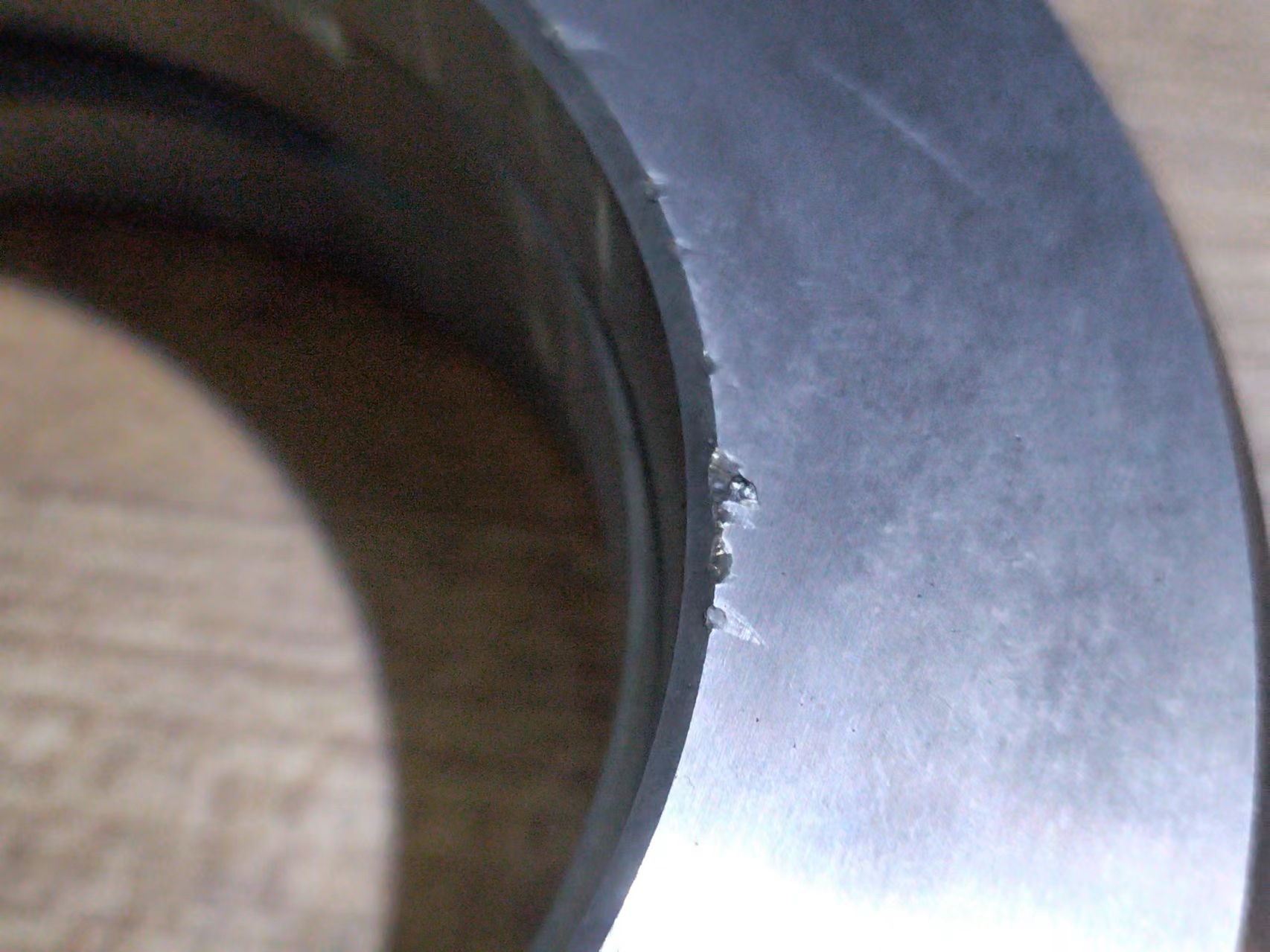1. Easy to expand due to heat
Cemented carbide is prone to thermal expansion problems during high temperature and cooling processes. The main reason is that the thermal expansion coefficient of cemented carbide is larger than that of ordinary metals. This means that in high temperature environments, cemented carbide is easy to deform, resulting in workpiece machining accuracy. decline. Therefore, when choosing to use cemented carbide, it is necessary to consider its stability in high-temperature environments and carry out appropriate controls to ensure machining accuracy and workpiece quality.
2. The price is higher

Compared with other engineering materials, the price of cemented carbide is higher, which is also one of its disadvantages. The preparation cost of cemented carbide is relatively high and requires special preparation processes such as high temperature and high pressure, so its price is also relatively expensive. However, cemented carbide has high performance indicators and service life, and is widely used in high-end manufacturing fields.
3. Susceptible to vibration damage

Although cemented carbide has high hardness and strong wear resistance, its toughness and toughness are poor, and it is easily damaged by vibration and impact. Especially in mechanical processing situations, the vibration and impact generated during processing can cause great damage to carbide cutting tools, leading to a decrease in cutting quality and even tool failure. Therefore, when using carbide tools, appropriate tool selection and processing parameter settings are required to reduce the impact of vibration and impact on carbide tools.
Post time: Feb-20-2024









